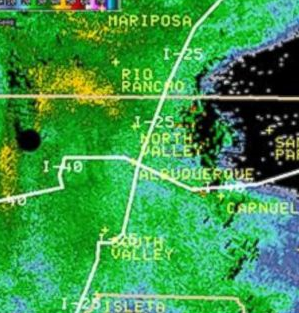

Some grasshoppers can be major crop pests, such as the two-striped grasshopper, which is prevalent in North America and can completely destroy crops during a swarming outbreak.
Similar to the foreboding locusts warned about in the Bible, grasshoppers can also swarm, wiping out entire crops in agricultural areas and devastating farming economies. According to the USDA, there are more than 10,000 known species of grasshoppers. Most species have wings and are adept at flying. In a catapult type of mechanical motion, they use their large hind jumping legs, called a tibia, as a booster to propel them into the air, where they spread their wings and take off. In some regions, other grasshopper species simply do not develop wings. Grasshoppers and locusts are closely related, but while all locusts can fly, some species of grasshoppers do not have wings and are therefore earthbound.
In the United States there have been massive emergences with infestations so thick that swarms of insects show up on tactical and weather radar systems like bizarre cloud formations. In extreme circumstances, these events can go so far as to cause a major disruption in air traffic patterns. What is interesting is how these insects communicate, as the frequency of sound made when in swarm phase differs than when not.
When a particular pheromone is detected by a grasshopper and then sympathetically released, it literally changes its tune acting as a call to others in the area, triggering a cascade of pheromones. The internal chemistry alters so quickly that the inherent behavior and physical attributes actually morphs a grasshopper into locust form through the transformed functions of the microorganisms in the digestive tract. Imagine a TV commercial somewhere along the lines of insect probiotics to prevent this condition.
In a 2010 article on locusts that was published in the Encyclopedia of Animal Behavior, Alexandre Vsevolo Latchininsky, Extension Entomologist for the State of Wyoming, explains that “…all locusts are grasshoppers but not all grasshoppers are locusts.” He defines locusts as “short-horned grasshoppers (Orthoptera: Acrididae), distinguished by their density-dependent behavioral, physiological, and phenotypic polymorphism.”
The phenotype mutability refers to the fact that for some subspecies of locusts, the different stages of life are marked by different colors and even body shapes. However, it is the behavioral aspect of mass grouping together that is most notable. The act of swarming, or exhibiting a so-called “gregarious phase,” is the most obvious characteristic that identifies a subspecies of grasshopper as a locust.
